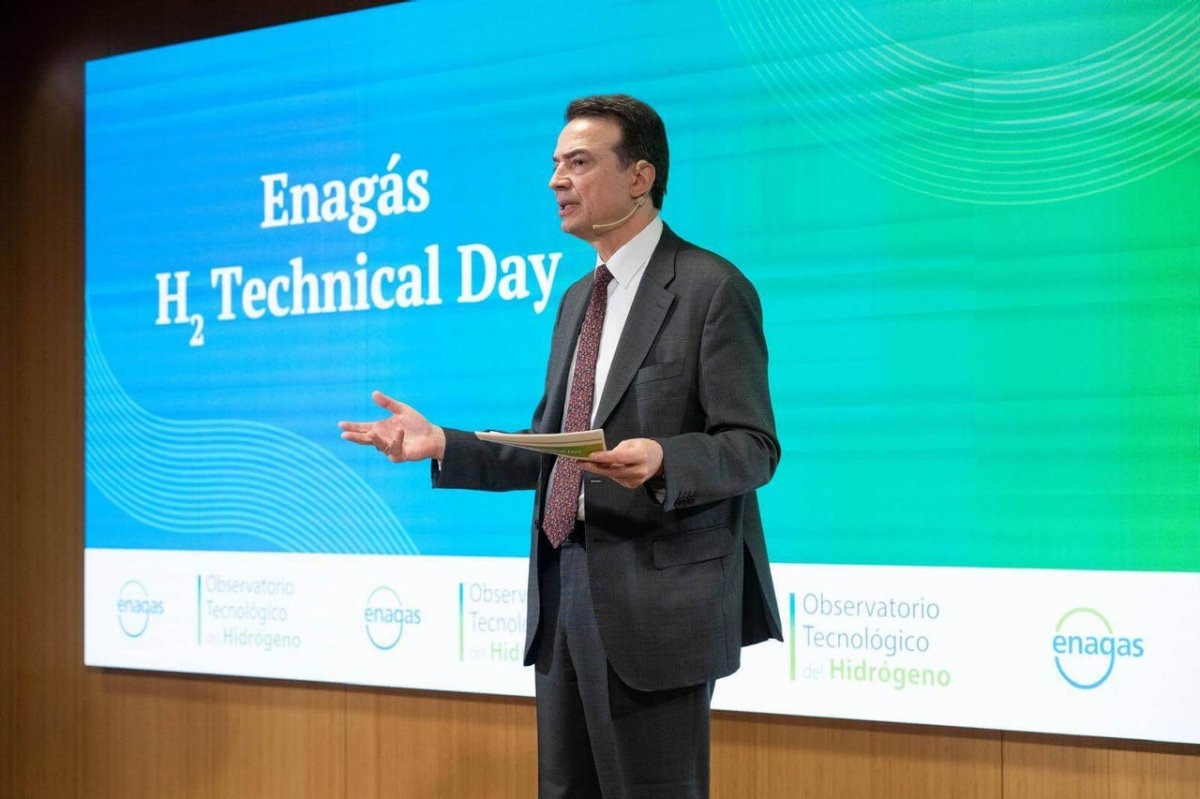Enagás has secured €32.5 million in funding from the Connecting Europe Facility (CEF) to support engineering and feasibility studies for Spain’s green hydrogen backbone infrastructure. The announcement was made during the second edition of the ‘Hydrogen Technical Day’ in Madrid, underscoring the country’s growing leadership in Europe’s hydrogen transition.
The funding, granted by the European Climate, Infrastructure and Environment Executive Agency (CINEA), will accelerate the development of hydrogen transport infrastructure across Spain. Enagás CEO Arturo Gonzalo confirmed that the Grant Agreement has been signed, marking a key milestone for Spain’s national hydrogen plans.
“We are making steady progress on the Spanish Hydrogen Backbone as planned,” Gonzalo said. “This is a new technological era, and we are building the infrastructure that will carry the energy of tomorrow.”
Spain Leads in European Hydrogen Momentum
Gonzalo also emphasized Spain’s standout performance in the European Hydrogen Bank’s second auction, where the country secured the highest number of projects, many at competitive production prices. With 28% of the world’s hydrogen-related patents originating in Europe, he noted that technological innovation will be the differentiator for Europe in the race toward clean energy leadership.
A Closer Look at the Spanish Hydrogen Ecosystem
The event brought together leading voices in hydrogen innovation, including Emilio Nieto, Director of the National Hydrogen Centre (CNH2). He reported that over 360 renewable hydrogen projects have already been identified in Spain, and stressed ongoing R&D efforts to improve hydrogen infrastructure through high-pressure systems, advanced materials, and reduced reliance on critical raw materials—all aimed at lowering costs and improving sustainability.
AI, OEMs, and Infrastructure Integrity Take Center Stage
The day featured several expert panels:
-
Digitalisation & AI: A panel led by Enagás’ Pedro del Castillo explored the transformative role of artificial intelligence in hydrogen infrastructure design, performance monitoring, and lifecycle optimization.
-
OEM Contributions: Representatives from Burckhardt Compression, Baker Hughes, Mannesmann Line Pipe, Endress+Hauser, and SLB discussed efficiency gains in compression, cost reductions in instrumentation, and improved material compatibility.
-
Infrastructure Integrity: Experts from Enagás, Snam, NaTran, and National Gas delved into technical advances in risk modelling, materials characterization, and the design of large-scale hydrogen metering facilities.
-
R&D as a Catalyst: A final panel examined how European R&D is advancing green hydrogen competitiveness. Representatives from GERG, Hydrogen Europe, and PteH2 discussed the role of public and private sector collaboration in driving innovation across the value chain.
Innovation and Collaboration at the Core
Igor Pagazaurtundua, head of the Hydrogen Technology Observatory (OTH), presented recent developments from the Enagás-led initiative, which now includes nearly 60 partner organizations. The next OTH workshop, scheduled for July 16, will explore hydrogen-powered maritime transport and other green molecule applications.
In her closing remarks, Natalia Latorre, General Director of Energy Transition at Enagás, reaffirmed the company’s commitment to public-private partnerships, decarbonisation, and technological leadership in building Europe’s hydrogen future.
“Only through collaboration and innovation can we scale renewable hydrogen and deliver the infrastructure the energy transition demands,” Latorre concluded.
This year’s Hydrogen Technical Day highlighted Spain’s growing role as a hydrogen hub in Europe and underscored the strategic importance of innovation, engineering excellence, and cross-sector cooperation in building a clean, secure, and cost-effective energy system.


